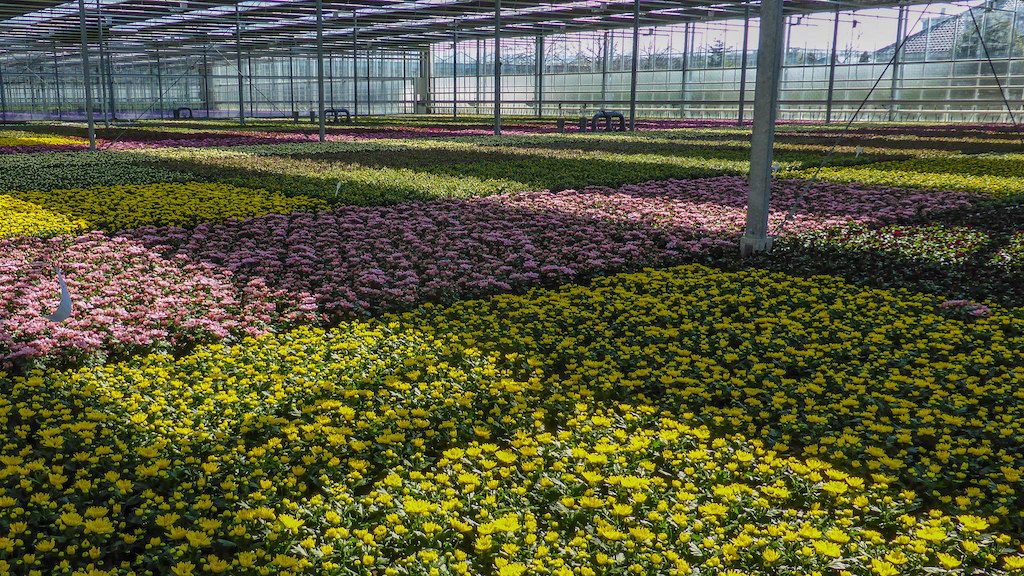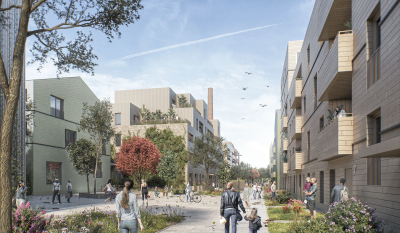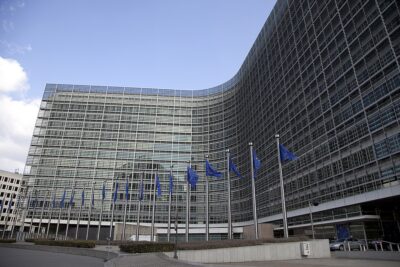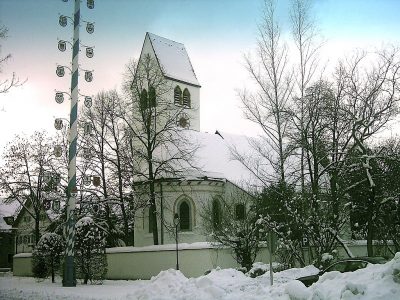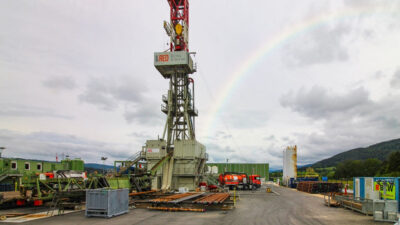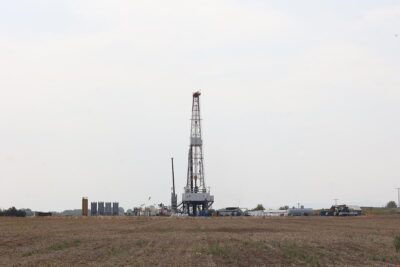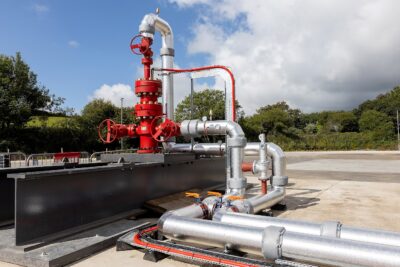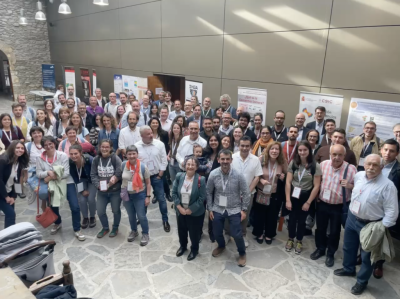Netherlands – moving from natural gas to geothermal
In the coming years, the government of the Netherlands will work with municipalities to make about 100 existing neighborhoods free of natural gas. One of these is Klapwijk in Pijnacker for which, Wayland Energy, has been granted a permit to drill for geothermal energy. Rindert Groeneveld, energy transition program director ..Read more
In the coming years, the government of the Netherlands will work with municipalities to make about 100 existing neighborhoods free of natural gas. One of these is Klapwijk in Pijnacker for which, Wayland Energy, has been granted a permit to drill for geothermal energy. Rindert Groeneveld, energy transition program director in the relevant municipality of Pijnacker-Nootdorp, talks about the how and why in the magazine EZK in Beeld. The Klapwijk district will become natural gas-free with the help of geothermal energy from the greenhouse area. How does that work? “The Wayland Energy company, after soil research in various areas, will drill for geothermal energy in several places in the coming years. Drilling for geothermal energy falls under the Mining Act, you must apply for a permit from the Ministry of Economic Affairs and Climate Policy. Wayland Energy has been granted this permit for the greenhouse area just behind Klapwijk. Now it is possible to drill into the ground with an enormous drilling rig, in this case about two kilometers deep. Then you come across layers of water and because it is so deep, that water has a certain temperature. We expect, you never know for sure, around seventy degrees. You can capture that water and transport it in a tube. Wayland’s business case is primarily that they use it to heat greenhouses. However, the expected capacity of the source is so great that it is also possible to provide the 1400 homes in Klapwijk with heat. We capture some of that heat and return it to the ground via return pipes. Then that water is very slowly heated up again by the earth, so you have a CO2-neutral source for heating. ” Why are you doing this with geothermal energy? “We have the fortunate coincidence in South Holland that the soil conditions are such that it is possible here very well. Quite a few wells have already been drilled in the Westland and in our own municipality, Pijnacker-Nootdorp, there are two entrepreneurs who run entirely on geothermal energy. One of them even has so much heat in the ground that the local swimming pool, a secondary school and 470 rental homes are also heated with it. So in terms of soil, we are very comfortable with the heat here and that gives us confidence. In addition, it also fits in with the broader strategy that we use as a municipality. ” What is the timeline of this natural gas-free testing ground? “The approach for the climate-adaptive part will start at any time. This plan consists of six sub-phases and will last six to seven years, so until 2026/2027. We are now looking at how we can already make preparations with a kind of underground infrastructure planning. For example, to make a reservation in the ground for a future pipeline network. If you take this into account now, you will not get in each other’s way. The drilling is expected to start in the autumn of 2022 and will hopefully be ready in the spring of 2023. In the meantime, communication with and participation with residents is also playing a major role. Klapwijk has an active neighborhood association that is very involved and on board, so that’s great. ” What challenges do you face? “Of course it looks fantastic on the drawing board. We also think it is possible, partly because we have had projects like this in our municipality before. So there is also real internal knowledge. But there are also a number of things that are not completely clear, for example about the Heat Act 2.0, which will come into effect sometime in the near future. It contains all kinds of new powers and responsibilities for municipalities when it comes to the transition to heat. We do not yet know exactly how that will turn out. So that is certainly challenging. ” How do the residents of Klapwijk experience it? “That is a bit double. At the start of the process, we questioned the residents via an online survey. They are often fine with the more general questions. But if you ask how much a resident is willing to pay extra, you get more variety in the answers. We also asked whether people would like to participate in the heat network, so that they become co-owners, as is also the case with wind farms, for example. There was an enthusiastic response to this. What we can do is communicate very transparently to the residents throughout the entire process, so that they know where they stand. ” Source: Wayland Energy
